Theatre Journal – Special Issues
Please take note of two special issues of Theatre Journal, “Theatre and the Nonhuman” and “Water.” Deadlines for essay submissions are 6 January 2019 and 1 February 2019. Please contact individual issue editors with questions. We welcome your submissions.
Theatre Journal
Call for Papers
Special Issue for September 2019: “Theatre and the Nonhuman”
As terms continue to pile up to describe a condition, a time, or a mode of thought that must begin to acknowledge the nonhuman elements in a decidedly anthropocentric world–“becomings-,” “post-human,” “Anthropocene,” or Donna Haraway’s latest, “Chthulucene” (the tentacular or weblike series of interrelations with other species or “things,” as Jane Bennett might put it)–Theatre Journal proposes a special issue devoted to considering the nonhuman in theatre and performance. This special issue turns to the nonhuman not as a turn away from the ongoing human concerns, indignities, and inequalities in the current global climate, but rather to suggest that a “nonhuman turn” might make us, as humans, more attuned and responsive to our reliance on nonhuman “others.”
Expanding the issues raised in Ric Knowles’s 2013 Special Issue “Interspecies Performance,” where “interspecies” emerged from intercultural and interdisciplinary concerns, this issue aims to examine and encounter nonhuman figures themselves within theatre and performance practices. In his edited collection The Nonhuman Turn, Richard Grusin proposes that: “To turn toward the nonhuman is not only to confront the nonhuman but to lose the traditional way of the human, to move aside so that other nonhumans–animate and less animate–can make their way, turn towards movement themselves.” (Grusin, xxi) How nonhuman forms and figures move through theatre and performance is the focus of this issue.
Theatre and performance have always relied on nonhuman forces–from stage spectacle to animals (live, pantomimed, imitated, or metaphorical), from technologies to environmental or site-based scenarios, from the chimeric figure to the mechanical robot. Nonhuman figures historically have populated texts and stages: from the Dog of Montargis to the robots of R.U.R; Actors “exit, pursued by a bear,” and co-create figures with masks or puppets. Animals, chimeras, and spirits have also been central to ritual and religious performances. More recently practitioners have turned to bio-art, to cyborg figures, to environments devoid of human actors in an attempt to relate to or evoke the nonhuman. This issue then invites essays that encounter, analyse, and/or historicize nonhumans in theatre and performance, broadly understood. How and why has theatre traditionally addressed the nonhuman? How has the nonhuman been represented historically or in contemporary performance? How might the nonhuman begin to shift theatrical forms, texts, futures?
This special issue will be edited by Theatre Journal editor Jen Parker-Starbuck (Jen.Parker-Starbuck@rhul.ac.uk)
Submissions (6000-9000 words) should be e-mailed to managing editor Bob Kowkabany (bobkowkabany@me.com) no later than 6 January, 2019
Please Note: Theatre Journal tends not to publish essays that focus predominantly on one play or production.
Theatre Journal
Call for Papers
Special Issue for December 2019: “Water”
The 2011 appointment of an emergency manager to take over the city of Flint, under Michigan’s controversial “Emergency Manager” law had disastrous consequences for the safety of Flint’s water and the health of Flint’s residents. The water crisis reverberated through the state, as water shut-offs began in Detroit, and protestors sought to block the state from allowing Nestlé to withdraw more water from its well in central Michigan. At the same time, climate change has brought about an increase in extreme weather patterns, leading to more frequent and more intense hurricanes and longer and more severe droughts. It also brings a rise in sea level, that threatens archives and architecture in Venice, and devastates communities such as the Ninth Ward in New Orleans. While water covers three-quarters of the planet, less than 1% is available for use. The United Nations predicts that by 2025, nearly two billion people will not have access to clean water.
We invite scholars to submit essays that examine the relationship between water and performance, broadly defined. Essays might cover a wide range of water topics, including: Desiree Duell’s A Body of Water, Fire on the Water by the Cleveland Public Theatre, plays on water rights in the Global South such as Water! by Komal Swaminathan, Mary Zimmerman’s Metamorphoses, the Vesturport Theatre’s underwater finale to their production of Woyzeck, Juliana Snapper’s performance in the underwater opera You Who Will Emerge from the Flood, drama-in-education and Theatre for Development water projects, creative protests for clean water, the act of water boarding, and water performance as a representation of community identity. What is an ethical use of water in performance and in spectacle? How might theatre be used as a tool for agitating for water justice? What is our relationship to water as artists, theatre scholars, and as human beings?
This special issue will be edited by Theatre Journal co-editor E.J. Westlake (ej.westlake.theatrejournal@gmail.com).
Submissions (6000-9000 words) should be e-mailed to managing editor Bob Kowkabany (bobkowkabany@me.com) no later than 1 February 2019.
